Two hundred years ago, the humble lime represented one of the most significant military secrets of all time. Once the British navy discovered that the tart green citrus fruits could prevent scurvy, it attained a decisive advantage that may have turned the tide of the Napoleonic Wars.
But a high vitamin C content is just the nutritional tip of the iceberg (a different maritime problem) when it comes to limes. They offer a range of impressive health benefits thanks to their rich nutritional profile.
And they’re not just for surviving prolonged military conflicts, either. Limes boast a versatile culinary heritage, flavoring foods as disparate as mocktails and soups, with their juice squeezed over a variety of dishes.
So in this article, we’ll discuss the different types of limes, their nutritional value, and the health benefits they offer. We’ll also take a look at potential risks associated with lime consumption.
Types of Limes
OK, it’s time to play that famous game show, “What’s My Lime?” (If you get that reference, there’s a decent chance you were watching TV reruns in the 1970s.)
There are four main types of lime, with significant flavor and culinary differences.
Persian Limes
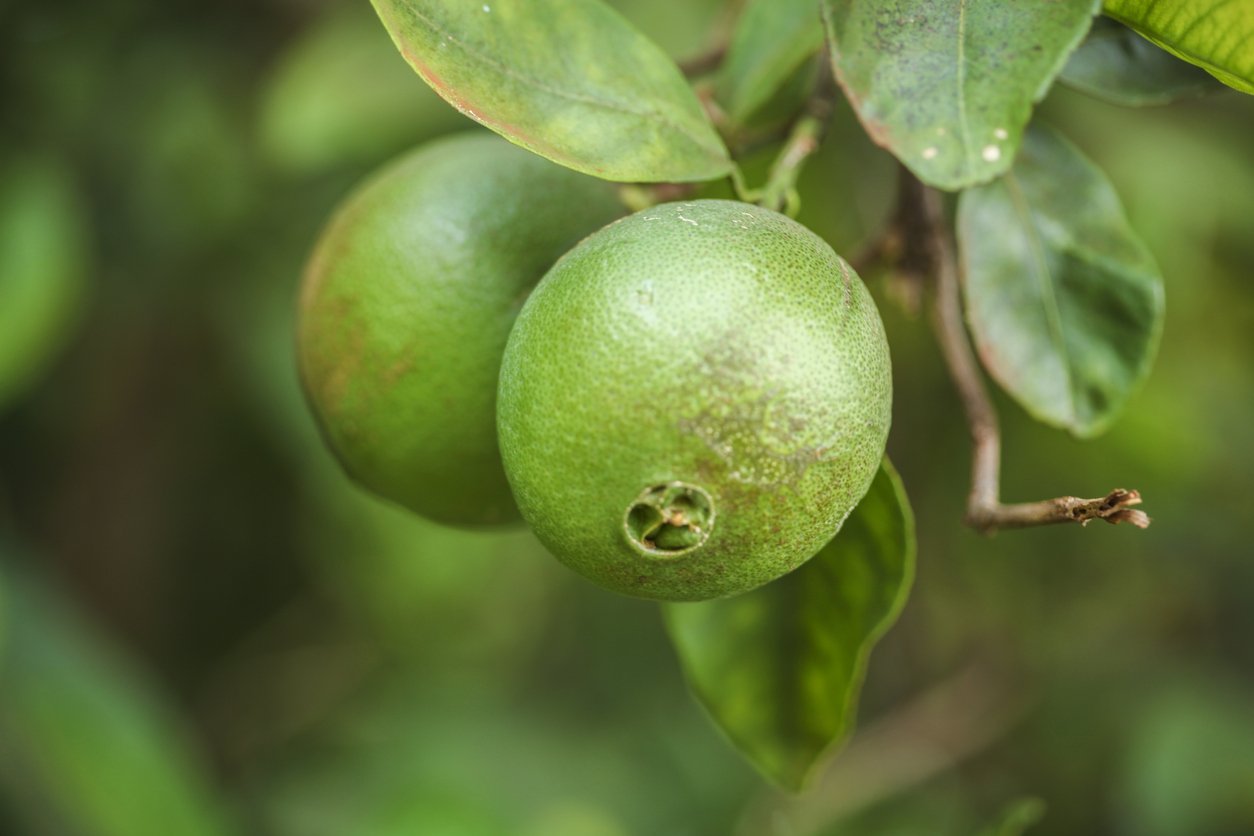
The Persian lime — also confusingly known as the Tahitian lime (I looked on a map, and they’re about 11,000 miles apart) — is the one you’re probably most familiar with.
Most commonly found in grocery stores and available year-round, Persian limes feature a bright green exterior. They range in form from round to egg-shaped and boast a juicy and tart flavor.
Persian limes have many culinary uses, from cooking to beverages to desserts to marinades.
Key Limes

Key limes, many of which are actually grown in Mexico rather than the Florida Keys, are smaller and rounder than Persian limes and have thin, yellowish-green skin. They also have a distinct floral aroma and a tangy, acidic flavor.
Key limes are best known for flavoring the classic key lime pie and for lending their sharpness to refreshing beverages and frozen desserts. You can find them in season from summer through early fall.
Makrut Limes
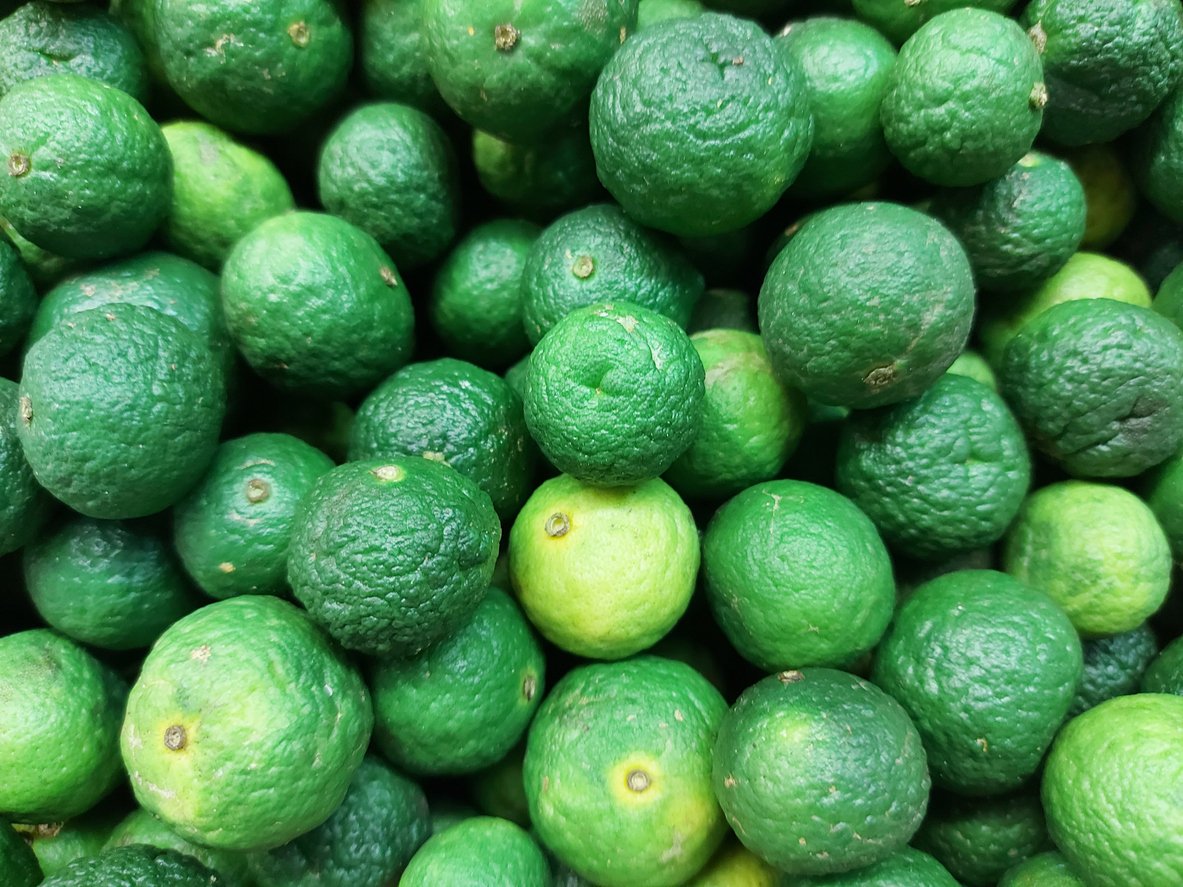
The Makrut lime (a name that is replacing the better-known “kaffir lime” due to the latter’s unfortunate connotations as a highly derogatory racial term in South Africa and the Middle East) is known primarily for its aromatic leaves, which a number of cuisines use for their unique, citrusy flavor. The fruit itself is small and bumpy, which explains its botanical name, Citrus hystrix, or “the porcupine fruit.” It has a vibrant green color and strong, zesty flavor.
Thai and other Southeast Asian dishes commonly use Makrut lime. It’s available year-round, with production peaking in the winter.
Finger Limes
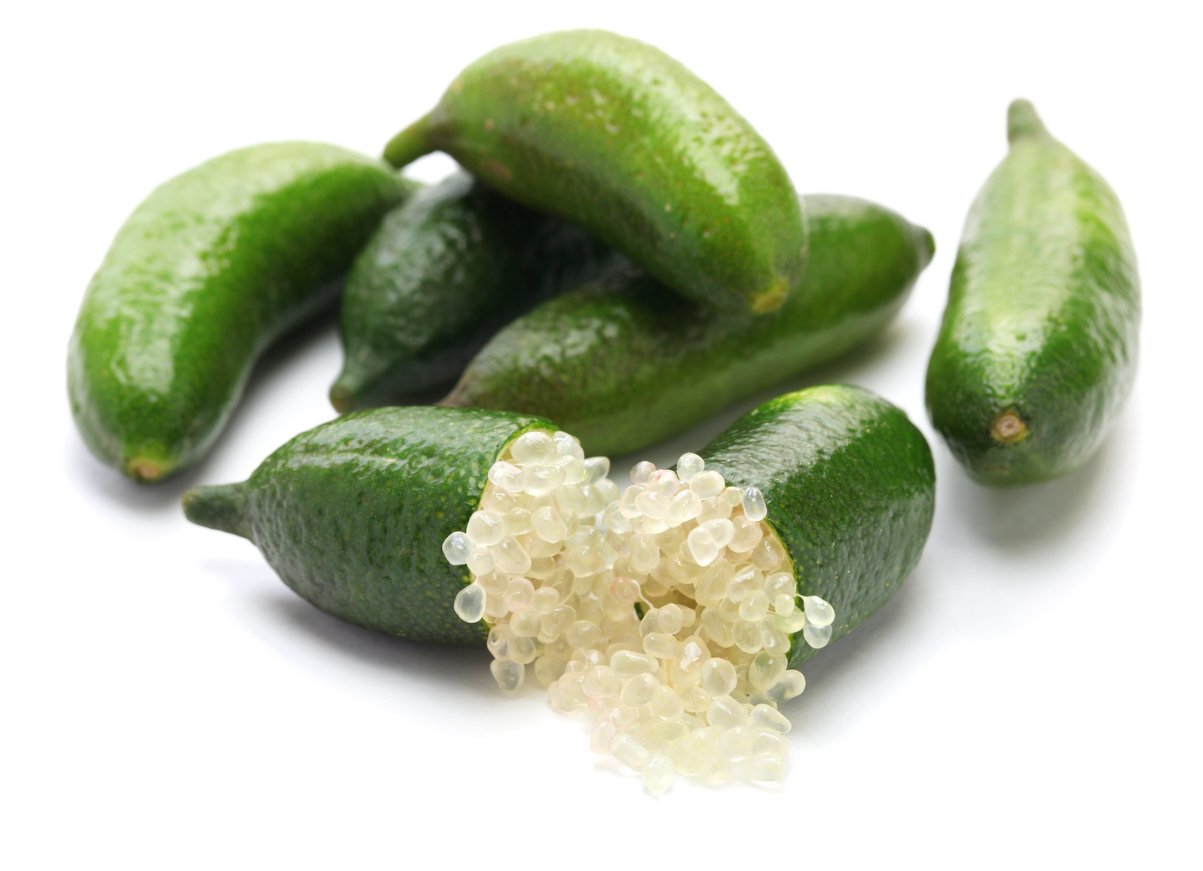
The fourth member of the lime family is the finger lime, also known as a caviar lime because of its insides’ resemblance to the fancy and expensive fish eggs. Along with those caviar-like juice beads, finger limes are distinctive for their elongated shape (which look more like gherkins than fingers to me). They come in various colors, including green, red, and yellow, and provide a unique burst of tangy flavor.
Finger limes are commonly used as a garnish and in dressings and desserts. And they’re in season from late summer through early spring in select regions of Australia and the United States.
Lime Hybrids
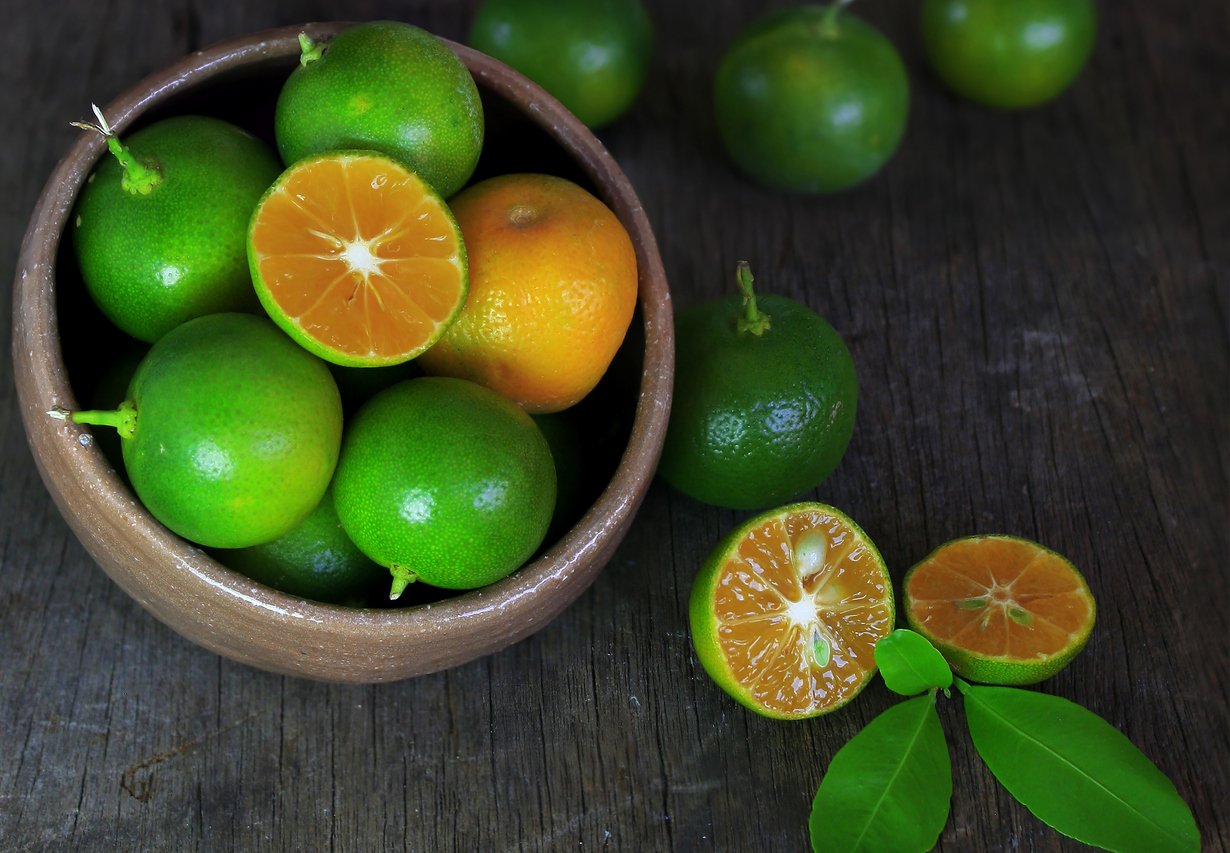
In addition to these four true limes, there are also many lime-like hybrids, such as the Philippine lime or calamansi (don’t be fooled by its green good looks; it’s actually a kumquat hybrid).
Are Limes and Lemons the Same?
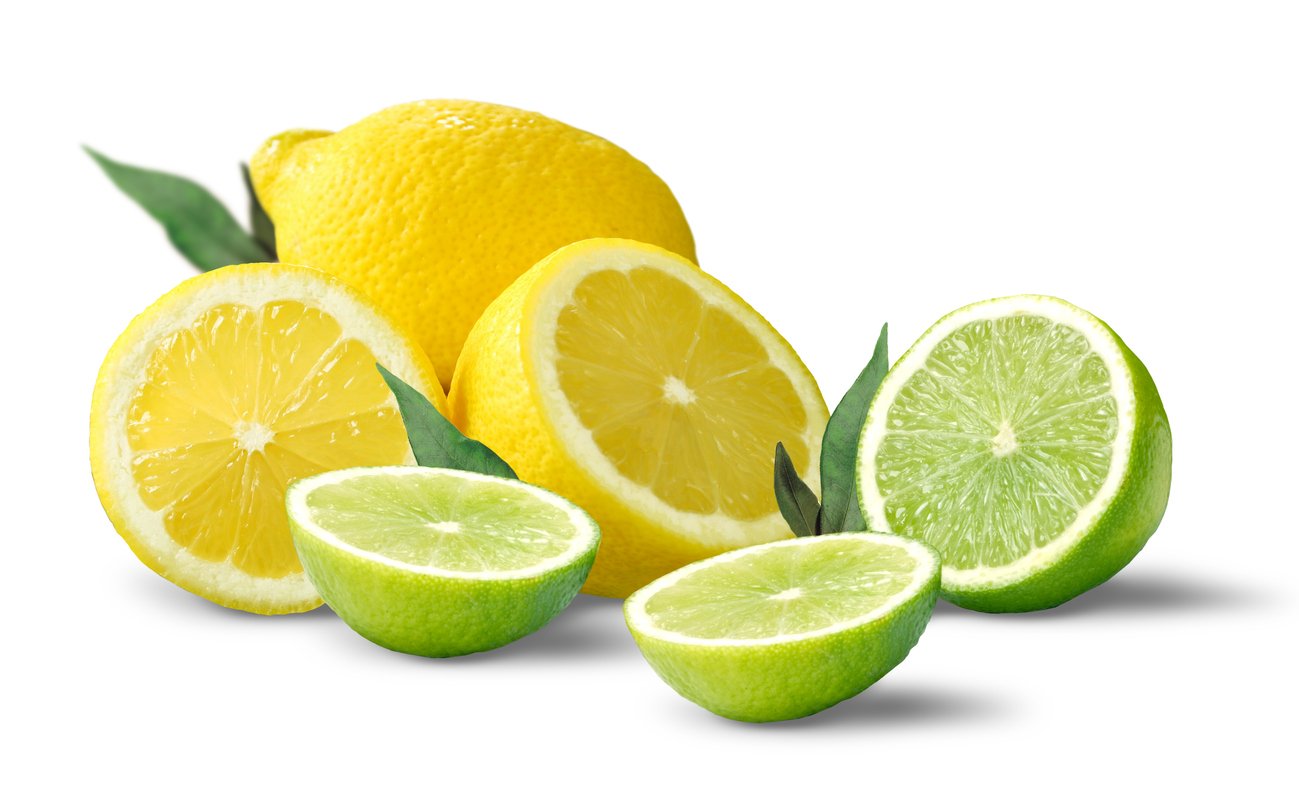
Limes and lemons are closely related botanically but do belong to different species. Key limes are known as Citrus aurantiifolia, while lemons belong to the species Citrus limon. Persian limes, Citrus latifolia, is a hybrid fruit created by crossing key limes with lemons. If you’d like to nerd out on all that wild crossbreeding, here’s an in-depth article on the “phylogenetic origins of limes and lemons revealed by cytoplasmic and nuclear markers.”
When it comes to appearance, limes are green while lemons are yellow (at least, once they ripen). Also, limes are smaller and rounder than lemons (with the exception of Finger limes).
Limes and lemons also have distinct taste differences and culinary uses.
Limes have a tangy, acidic flavor that is more sour than sweet. Gourmands typically describe their taste as fresh and citrusy, with a slightly bitter aftertaste.
Mexican, Thai, and Indian, as well as a variety of other cuisines, use lime juice and zest in recipes and in cocktails like margaritas and mojitos.
Lemons, on the other hand, have a tart, acidic flavor that is also slightly sweet. The flavor is bright and zesty, with a distinct citrusy aroma.
The juice and zest of lemons are commonly used in a variety of sweet or savory dishes and beverages, such as lemonade, marinades, dressings, and desserts.
Lime Nutrition
Limes contain many beneficial phytochemicals, including citric acid, ascorbic acid (vitamin C), and flavonoids, as well as some minerals. A single lime can provide 22% of the daily recommended intake of vitamin C and is also a pretty good source of vitamin B6, folate, potassium, calcium, and magnesium.
And all those nutrients also come with a light caloric load. The average Persian lime will add only about 20 calories to your diet, with most of those calories coming from carbohydrates, including a little over one gram of sugar. You’ll also get about two grams of dietary fiber.
Fresh vs Concentrated Lime Juice
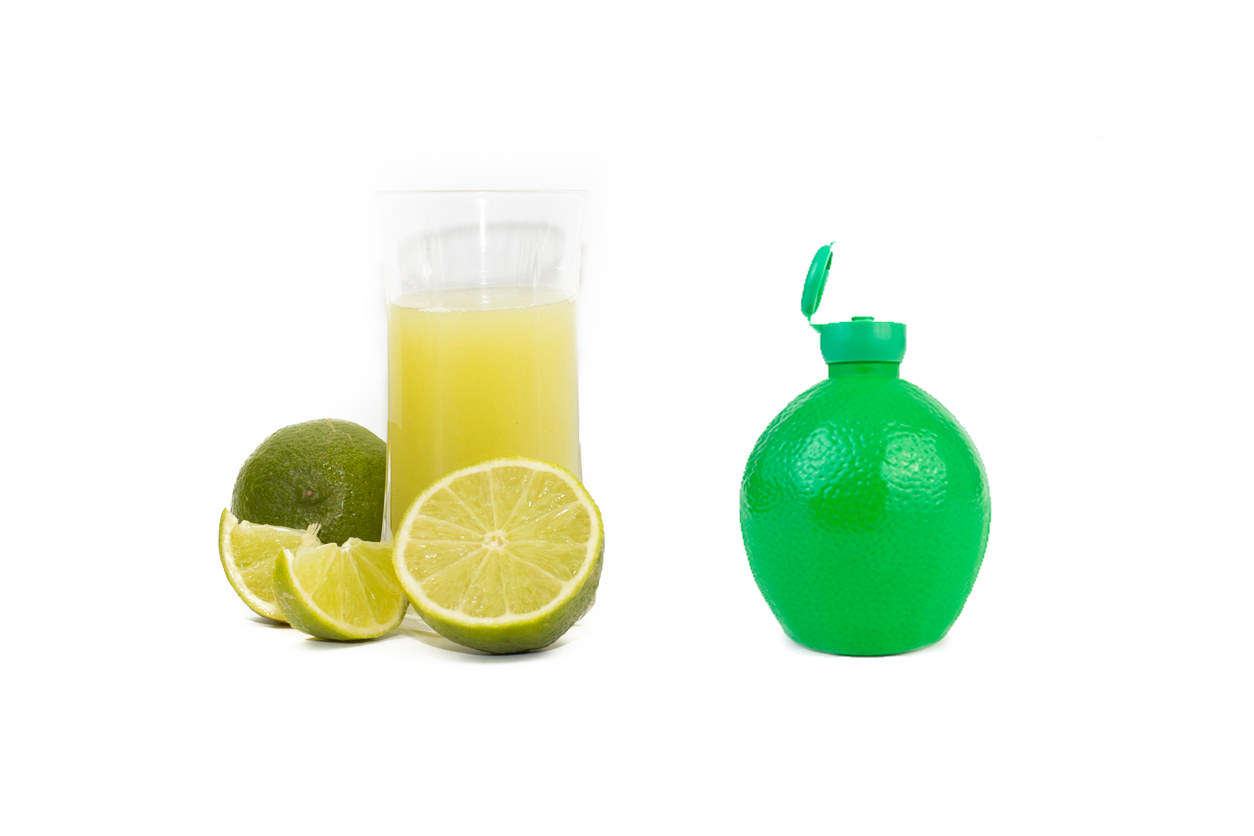
Of course, most people don’t eat limes by themselves, or with the skin on. The most commonly used part by far is the juice, as an ingredient in food and drink recipes.
You can get lime juice by squeezing fresh limes or by purchasing commercial lime juice. But are they the same in terms of nutritional value?
Sadly, no. The convenience of bottled lime juice typically comes with a cost in terms of health effects. Many bottled lime juices contain additives like sulfites or sodium benzoate. Sulfites can trigger asthma and allergies in some people. And sodium benzoate can form benzene, a known carcinogen, in the presence of benzoate salts and ascorbic acid (which, as we’ve seen, is present in limes and lime juice).
Also, lime juice from concentrate typically has minuscule amounts of vitamins and minerals compared to fresh. Although you can use concentrated lime juice instead of fresh in recipes, it’s likely you won’t get the same health benefits.
That said, there are bottled limed juices that are 100% juice, not from concentrate, and don’t have any additional ingredients. Santa Cruz Organic makes one such product if you want to choose bottled over fresh juice.
Lime Health Benefits
Limes, as well as lime leaf extract, have a long history in traditional medicine, especially in Southeast Asia. And now scientists are beginning to uncover the mechanisms by which the plant can foster healing. However, clinical studies on humans are sparse, so much of the evidence comes from test-tube or animal studies. (Our view on the use of animals in medical research is here.)
Lime Heart Benefits

A 2013 study fed white New Zealand rabbits a high-cholesterol diet for two months, after which some of them were given lime juice and lime oil (extracted from the peel). Both the oil and juice boosted the antioxidant ability of the rabbits’ blood plasma, which either prevented or decelerated the process of atherogenesis (the formation of plaques in the arteries). The oil was more effective than the juice in producing this protective effect.
In 2019, researchers also fed essential oil extracted from lime peels to rats that had their diets altered to increase their cholesterol. In examining their cardiovascular biomarkers, the lime oil lowered total cholesterol, triglycerides, and LDL cholesterol in just eight weeks, and reduced obesity, plaque formation, and fatty liver in the rodents.
While we can’t know for sure if these results transfer over to humans, intake of citrus flavonoids, in general, has been associated with improved cardiovascular outcomes. And limes are a good source of many of them.
Lime’s Antimicrobial Effects
In 2016, a Nigerian lab published research showing that lime juice, along with lemon, tangerine, and grapefruit juices, showed powerful antimicrobial effects on both bacteria and fungi, as well as antioxidant properties.
A 2018 test-tube study from South Korea also found that key lime extract inhibited the growth of a strain of triple drug-resistant H. pylori and decreased the number of colonies present. This gives researchers hope that lime extract may be useful in treating some infections that no longer respond to antibiotics.
Similar 2019 research out of Thailand showed that Makrut lime essential oil was a promising treatment for several drug-resistant bacterial infections, including Staphylococcus aureus.
Limes and Cancer

A 2009 study out of Texas put Mexican lime juice to the test against test-tube cultures of cancerous human pancreatic cells. The researchers discovered that the lime juice was able to induce apoptosis (programmed cell death) in the cells, a mechanism that can prevent the growth of cancerous tumors.
A few years later, on the other side of the globe, a team from Thailand discovered an impressive list of potential cancer-fighting phytonutrients in locally sourced Makrut limes.
Also from Thailand, a country whose culinary expertise with limes is now almost matched by its research prowess on the fruit, came a 2020 study on the effects of Makrut lime leaf extract on triple-negative breast cancer, one of the disease’s most aggressive forms. Two of the extracts, citronellol and citronellal, proved particularly potent in stopping cancer cells from replicating and moving to other parts of the body. They also induced apoptosis and suppressed colony formation.
And in 2020, a joint Thai/Japanese team found Makrut lime leaf extract was a potent agent against a protein that stimulates cell proliferation in leukemia.
Are Limes Anti-Inflammatory?
In a 2020 study, Brazilian researchers found that the flavonoids in Tahitian lime reduced the pain and heavy bleeding associated with menstrual periods about as well as the anti-inflammatory drug meloxicam.
And 2021, in the midst of the COVID-19 pandemic, a team of scientists from the United Arab Emirates and India explored the potential of limonene, a compound found in limes and other citrus fruits, to fight COVID-19. Limonene appears to improve immune response and reduce inflammation in COVID infections, and even help prevent contracting the disease in the first place.
Also in 2021, researchers from Thailand studied extracts derived from the leaves of Makrut limes, long used as anti-inflammatories in traditional Southeast Asian medicine. They identified an active compound called lupeol, which was able to reduce inflammation by targeting certain cellular pathways.
Limes and Brain Health

In 2017, a research team from Taiwan explored potential brain health benefits of the pomelo, a large citrus fruit closely related, botanically speaking, to the lime family. They discovered that extracts of the fruit were able to protect neurons from amyloid beta toxicity, which is associated with the development of dementia.
A 2020 test-tube study out of Thailand also extended this line of research to actual limes. Researchers found that extracts of Makrut lime protected brain cells from the effects of large quantities of sugar. The lime compounds altered the function of proteins that control cell growth, protecting the cells from damage and preventing aging and premature death. Pretty powerful stuff from a fruit that’s only about the size of a golf ball!
Adverse Reactions to Limes
While limes can do many people a world of good, some folks may experience an adverse reaction from contact with the peel or juice of the fruit. This reaction is mainly expressed in the skin, either in the form of dermatitis (skin irritation and inflammation) or phytophotodermatitis (when a plant compound interacts with sunlight to cause irritation).
Lime compounds called furocoumarins can cause skin cell damage that may result in swelling, rashes, and blistering when exposed to ultraviolet light. Symptoms can include itching, burning, and dry and peeling skin as well as sun spots (or hyperpigmentation). So that’s one limelight you may want to avoid!
Lime side effects like this one are more common in those with occupational exposure to limes, such as bartenders, agricultural workers, and grocery store employees. But it may also occur as a result of handling or consuming alcoholic beverages that contain limes. Certain factors can worsen the symptoms, including wet skin, sweating, heat, and humidity. So all you Jimmy Buffett fans out there in Margaritaville, take note!
Pesticide exposure is also a concern when it comes to limes. If you’re going to zest a lime for use in a dish, you may want to choose organic limes to minimize pesticide exposure, as some pesticides banned in the EU have made their way onto Brazilian limes.
Lime Recipes
When it comes to the versatility of citrus fruits, limes can be used in an assortment of ways. From spicy to sweet and everything in between, these recipes with lime capture the bold and exciting flavors of the little green citrus fruit. Enjoy them in good health!
1. Lime-Zested Crunchy Chickpeas
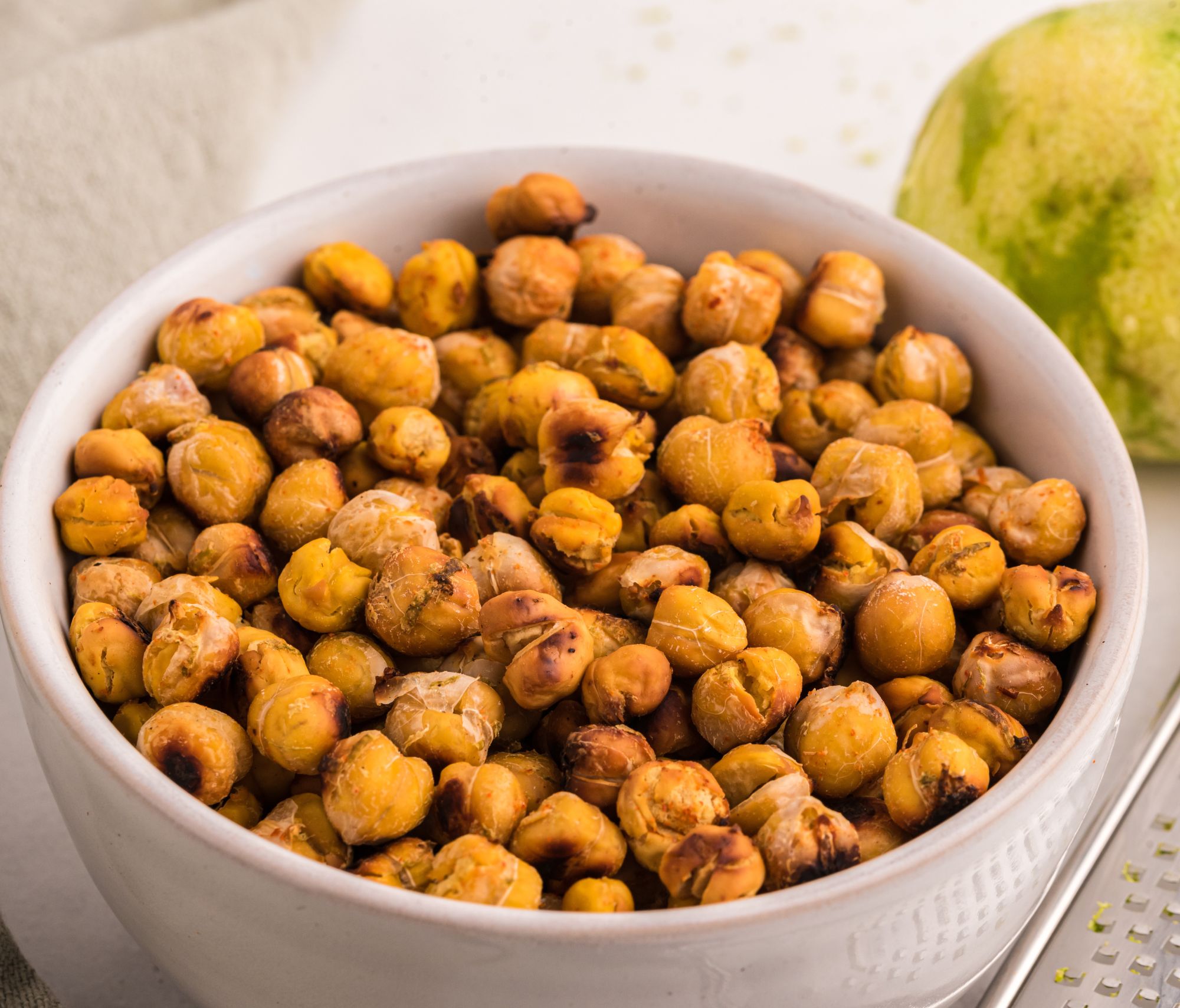
What better way to showcase the bright flavor of limes than with this zingy, crunchy, and craveable snack! No part of the lime goes to waste in this recipe — both organic lime zest and all that zingy juice can transform chickpeas into bite-size crispy nibbles that are nourishing and satisfying.
2. Lemongrass Ginger Noodles and Bok Choy
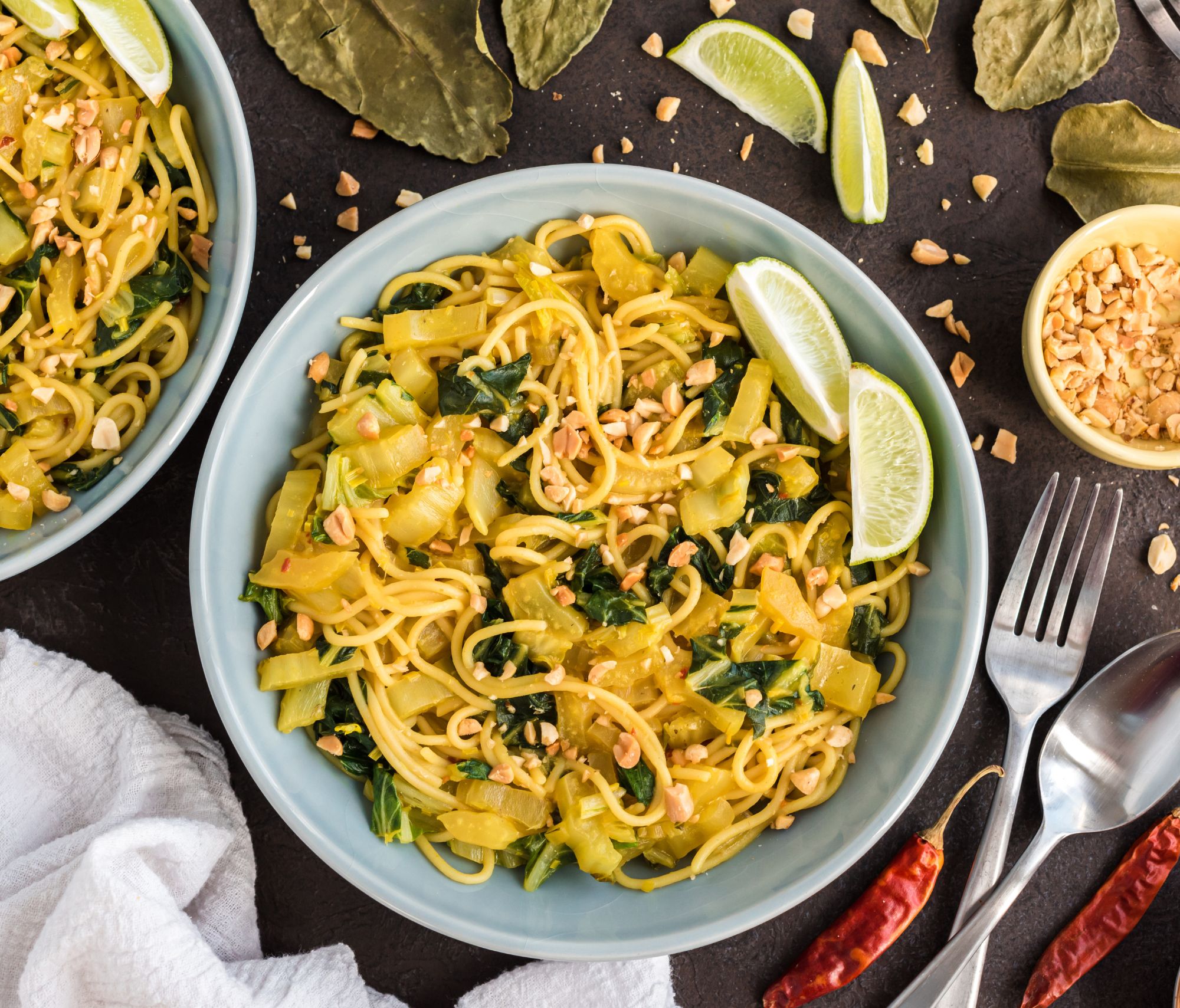
Makrut lime leaves infuse Lemongrass Ginger Noodles and Bok Choy with bright notes and a unique depth of flavor that is truly scrumptious. Together with lemongrass, fresh ginger, garlic, and crushed red pepper, this dish has a delightful symphony of punchy bright flavors that are citrusy, bold, and delicious!
3. Avocado Key Lime Pie
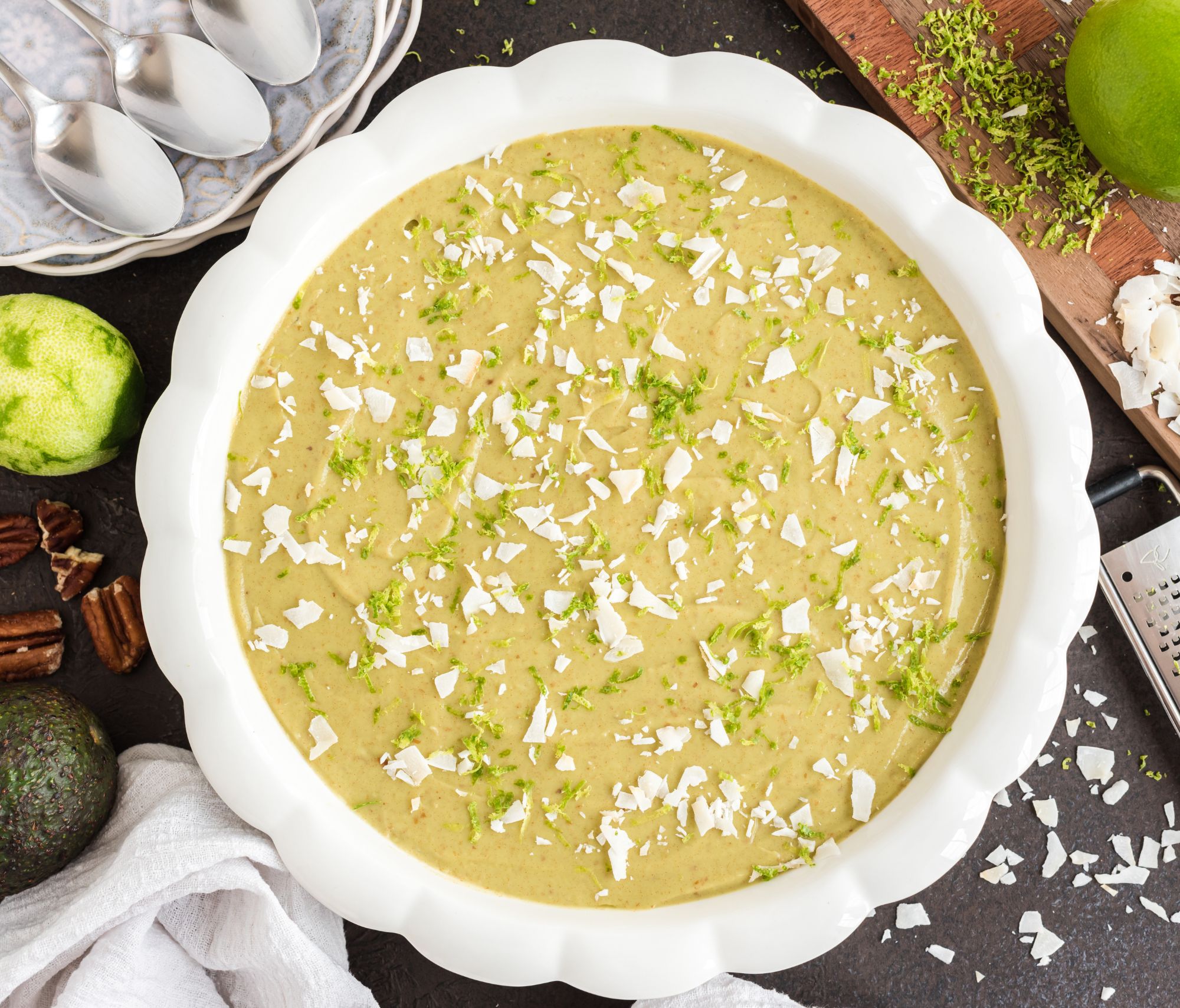
Avocado Key Lime Pie is a tart dessert lover’s dream! Limes have a uniquely sour and zesty flavor with an underlying hint of sweetness that offers a robust flavor profile to this silky dessert. If you’re not really a fan of limes, don’t let the mouth-puckering sourness deter you. Avocados, pecans, coconut cream, and naturally sweet dates create a refreshing balance of sweet, tart, creamy, and crunchy — all the ingredients you need to have a truly special and nourishing dessert!
This Is Your Sign to Embrace the Lime!
Lime is a citrus powerhouse that not only adds a burst of flavor to dishes and beverages but also offers a range of promising health benefits. Their high vitamin C content, along with other essential nutrients and phytochemicals, may contribute to heart health, antimicrobial properties, cancer prevention, anti-inflammatory effects, and potential benefits for brain health.
Although some adverse reactions may occur when handling limes, the fresh fruit is often preferable since many store-bought lime juices are made from concentrate, pasteurized, and may have added preservatives or even flavorings.
Including limes in your diet will give you a powerful boost of antioxidants and zesty freshness that will help support your health and well-being. So go ahead and embrace the juicy green world of limes!
Tell us in the comments:
-
What do you do with limes? Do you have a favorite dish?
-
Have you ever tried Makrut lime leaves?
-
Which lime recipe will you try next?
Featured Image: iStock.com/sofirinaja

